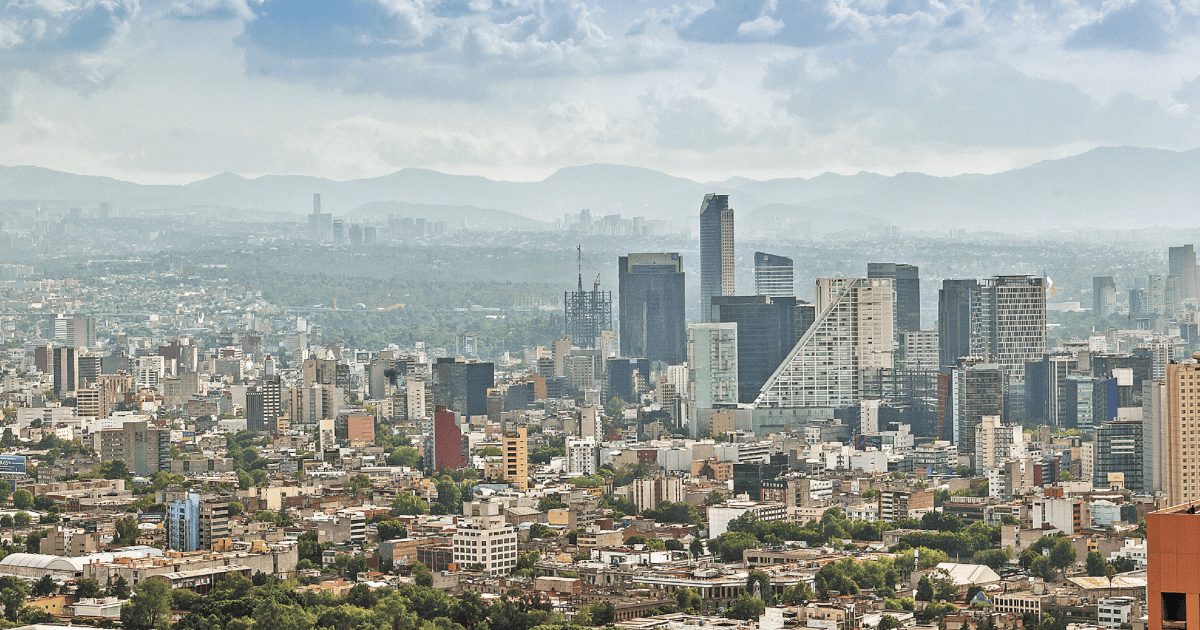The rise in prices of inputs for housing construction continues to rise and the development industry is already shaping up to transfer these costs to the final amount; However, for the moment, companies are looking to cushion this impact so as not to halt their recovery after the blow that the health emergency meant to their operations.
As of last October, the National Producer Price Index, which measures the evolution of production amounts, registered an annual increase of 7.06% and the increase in the construction indicator was 15.24% per year. Regarding residential building, the increase was 13.69% per year.
Specialists agreed that although the rising cost of inputs, especially steel and cement, has had an impact on developers, so far this increase in the final price of the offer has not yet been transferred, which could happen in a period of the next six to 12 months.
“We haven’t seen exponential growth in home equity issues. Although the costs of inputs have risen, the need for developers to continue with their works is what has cushioned the situation, ”explained Alejandra Leyva, director of Business Development at the valuation company Tasvalúo.
According to the price index of Sociedad Hipotecaria Federal, the cost of homes with mortgage credit increased 7.6 percent from January to September of the current year.
For Eduardo Torres Villanueva, director of the real estate consultancy ai360, despite the fact that a stabilization in the prices of construction supplies is expected, the increases in the final price of housing could be reflected towards the end of the year and possibly during the first semester of 2022.
“We are going to clearly see an increase in house prices towards the end of the year and throughout the first half of next year. All the projects that are under development are going to see the rise in the price of inputs reflected, ”said Torres Villanueva.
STRATEGY AND DIVERSIFICATION
Recently, the firm ai360 carried out a study on the impact of the rise in the costs of inputs for housing construction, in which it detailed that after labor, concrete and steel are the materials that are most in demand in housing construction.
According to the analysis, behind the increase in steel prices is a strong imbalance between global supply and demand. In this context, for the ai360 director, the impact of abrupt increases in the price of steel and cement will depend on the developer’s strategy, as well as the segment in which it is located and the inventory it currently has.
“The impact depends on the intensity of use of the steel and concrete in the work. As a proportion of the project’s value, construction weighs more in lower-priced projects, ”Torres Villanueva highlighted.
According to the specialist, under this scenario, a greater impact is expected in projects already started, or already in the sale part, since the margin of maneuver for companies is reduced to absorb those costs towards other items of their operation and therefore they have to do it at the expense of their utility.
According to the Tasvalúo directive, it is foreseeable that the developers who have absorbed the impact of the rise in the cost of inputs at the expense of their profit, will seek to regain the expected profits.















